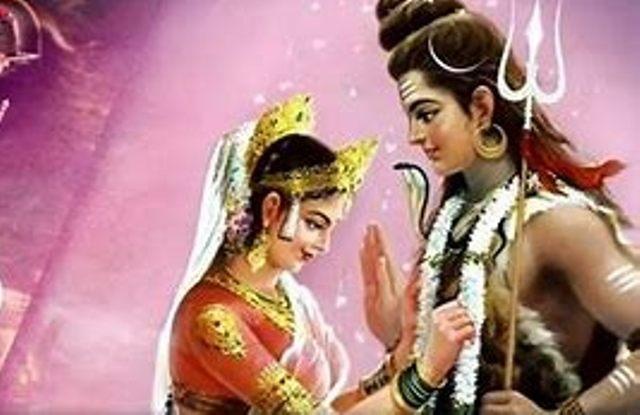The Sital Sasthi, celebrating the divine union of Lord Shiva and Goddess Parvati, is observed on the sasthi tithi, the sixth day, during the Shukla paksha in the Hindu calendar month of Jyeshta. According to the Shiv Purana, Sasthi has been celebrated since ancient times. The festival falls from May to June in the Gregorian calendar, and this year, the Sital Sasthi falls on the 11th of June.
On this auspicious day, the sunrise is anticipated at 05:44 AM and the sunset at 07:08 PM, while the moon rises at 09:55 AM and sets at 11:25 PM. The Sasthi tithi commences at 05:27 AM on the 11th of June and concludes at 07:17 PM on the following day.
Significance of Sital Sasthi
As described in Shiv Purana, the day celebrating the wedding of Shiva and Parvati is called Sital Sasthi, when the divine couple tied the knot, and since ancient times, this has been celebrated.
According to our ancient scriptures, Goddess Parvati did rigorous Jap and Tap to achieve the Lord Shiva as her husband. On Jyestha shukla paksha sasthi, Shiva was impressed by the Goddess Parvati’s devotion and was satisfied with her austerity, then the love marriage took place. To kill the demon named ‘Tarakasura,’ Lord Kartikeya was born from the energy of Shiva and Parvati.
In 2024, people celebrate Sital Sasthi as the ‘Monsoon wedding’ of the divine couple Lord Shiva and Goddess Parvati, symbolizing the beginning of the monsoon season. Lord Shiva’s extreme severity is a sign of intense heat waves during the summer season.
Natives, especially farmers, observe the start of the monsoon through the divine marriage ceremony on Sital Sasthi.
Why did Sital Sasthi Perform?
When the preparation started for the Rath yatra in Puri on Akshay Tritiya, like a ritual begun on the same day in Sambalpur for the popular Sital sasthi yatra, where people celebrate the marriage of Lord Shiva and Goddess Parvati.
The festival started with the first ritual, ‘Thala Utha,’ performed in various temples. Thousands of people came and participated with full devotion to witness the ‘divine unity’ of the ‘Prakriti’ with ‘Purusha’.
The ritual Thala also represents the beginning of fundraising for the Sital Sasthi yatra. The devotees go door-to-door to collect the funds for the Yatra. According to festival tradition, the temple priest plays the role of bride and senior member of the relevant pada.
After executing the puja, the priest drives around in their particular location with a Thal (tray) to get the funds for the marriage. People, as per their devotion, donate to their capacity. The ritual is called ‘Thalautha’.
This is obvious because the father of the bride remains busy for the whole month with wedding preparations, which are no way less than the wedding in the home of their son or daughter.
The source states that Loknath Baba of Jhaduapada, Balunkeshwar Baba of Nandapada, and Jageswar Baba of Mudipada initiated the Thala utha rituals today, following customs on the festival of Akshaya Tritiya and Krushak Divas.
Lakhs of people gathered during the Sital Sasthi 2024 festival to see the divine couple and get a glimpse of the ritual.
Puja Vidhi of Sital Sasthi
Observation of Sital Sasthi spans five days. On the first day of the festival, ‘Patra Pendi’ families select Parvati to adopt in Sambalpur. After two days, Goddess Parvati’s idol comes to the adopted parents’ house.
Lord Shiva is ‘Swayambhu,’ and no one adopts him or plays his parent’s role. Then, the grand parade takes the bride to the marriage ceremony during the night. Similarly, Lord Shiva, escorted by other Hindu deities and Goddesses, comes to the place of the wedding ceremony. Lord Hanuman and Lord Narsimha lead the grand parade.
In this festival, like other Hindu marriages, people perform all the rituals. People participating in marriage from the nearby villages, states, and beyond witness the rituals.
Another part of the ritual is where Lord Shiva and Goddess Parvati tie the knot in a grand procession with the devotees as a witness and the divine couple proceed for ‘Nagar Parikrama’. Performers catch the devotee’s attention by presenting folk music, dance, and other elements.
The villagers across the village refer to the journey as ‘Sital Sasthi’ yatra. Several castrates take part in the festival, like Lord Shiva, called ‘Ardhnarishwar.’ This is the other name of Lord Shiva.

